
Viewpoint: Australia’s time at LNG summit may be brief
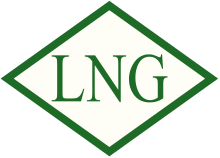

Australia has spent over $200bn on more than tripling its export capacity through the construction of seven LNG projects. First shipments departed from Ichthys LNG's first production train in October and second train in November, which means Australia now has an annual production capacity of 83mn t/yr in operation.
The last of these projects, the 3.6mn t/yr Prelude floating LNG, is to start shipments in the coming months, which will see the country's nameplate capacity climb to 86.6mn t/yr and ahead of Qatar's 77mn t/yr.
Whether Australia will consistently produce more LNG than Qatar is unclear. A report released by the Australian Competition and Consumer Commission on 18 December said that the three LNG projects in east Australia's Queensland will be operating at only 80pc of their nameplate capacity in the period to 2030, which is broadly in line with the utilisation rate of the three plants in January-November 2018. The majority of this underperformance is because of the 7.8mn t/yr Gladstone LNG plant, operated by Australian independent Santos, which is unlikely to reach 6mn t/yr until the end of 2019 and not operate above a utilisation rate of 75pc until then.
The GLNG underperformance relative to nameplate capacity is due to the lack of sufficient gas reserves within the portfolio of GLNG operator the Australian independent Santos and it is not associated with the diversion of gas to the domestic market.
If the 80pc utilisation rate for the three Queensland LNG plants is held over the period until 2030 this equates to around 81.54mn t/yr for Australia as a whole over that period, remaining not much higher than Qatar's current output. And Australian exports will quickly fall behind Qatari output as the Ras Laffan export facility is expanded to 110mn t/yr over the coming years. That said, some of the Australian LNG plants outside of Queensland could operate above their nameplate capacity and make Australia the top exporter for longer.
Australia in October exported a record 6.51mn t of LNG, according to official trade date. This equates to an annualised 78.12mn t/yr and this was before the November start-up of the second production train of the 8.9mn t/yr Ichthys operated by Japanese upstream firm Inpex. It indicates that further increases in monthly output could be expected by the end of 2018 and even more when Prelude comes on line. Shell announced that it had started well production from the Prelude gas field in the Browse basin offshore Western Australia, but it did not provide any guidance on when first shipments would take place.
Domestic challenges
Australia's LNG export position may fall further behind Qatar on a net basis if it starts making imports in the southeast of the country.
An Australian LNG import project is likely the next to get sanctioned and projects are proposed in three states — Victoria, New South Wales and South Australia — with some of the backers of these projects looking to make a final investment decision in 2019 with first imports expected for 2021.
The proposal may seem contradictory with the world's largest LNG exporter looking to import. But it reflects a structural issue in east Australia where traditionally domestic supplies have come from the offshore fields in the Gippsland basin operated by in a joint venture between ExxonMobil and UK-Australian resources firm BHP.
The Gippsland basin has been supplying east Australia with gas for the past 50 years. But now it only contains around 6pc of the proven and probable gas reserves in east Australia and Victoria accounts for more than one third of domestic demand or around 200PJ/yr (5.34bn m³/yr). The remaining gas offshore Victoria is coming from smaller fields with higher levels of impurities. They are more expensive to produce than the gas produced in the past from the offshore region, with production rates expected to fall sharply in the coming years.
This makes gas production from Queensland more critical. The state is now the largest gas producing state in east Australia with the three Queensland LNG projects reliant on coal-bed methane (CBM) from onshore fields in the state. CBM is more costly to produce than conventional gas, given the higher number of wells producing at a relatively lower rate than conventional wells. For customers in Victoria there is the added cost of transportation as the gas will have to flow distance of well in excess of 1,000km and at a cost of around A$2/GJ ($1.49mn Btu).
This has prompted the idea of importing gas through LNG terminals, as domestic prices have been comparable with LNG netback prices and about triple the price before LNG exports started from the Queensland plants in 2014.
The rise in domestic gas prices is causing some industrial users to rethink their plans and some are openly considering shutting their operations in Australia and shifting offshore. The higher gas prices have caused a fall in the electricity produced from gas-fired power plants to 12-year lows, as the increase in renewable energy generation from solar and wind farms pushed gas-fired power stations out of base-load status and into the role of just providing peaking power.
As a consequence gas is no longer seen as the transition fuel from coal to lower emitting renewables, with Australia bypassing gas for power generation and challenging one of the selling points for LNG exporters.

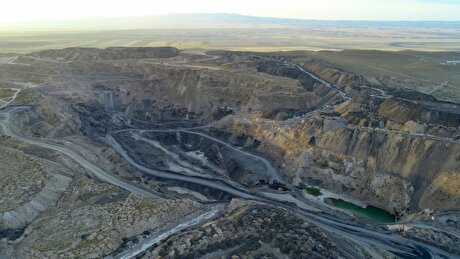
Uzbek gold miner said to eye $20 billion value in dual listing

Peabody–Anglo $3.8B coal deal on the brink after mine fire

A global market based on gold bars shudders on tariff threat
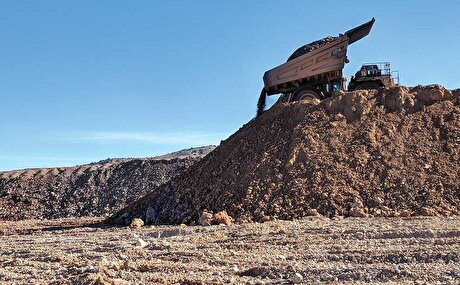
Minera Alamos buys Equinox’s Nevada assets for $115M
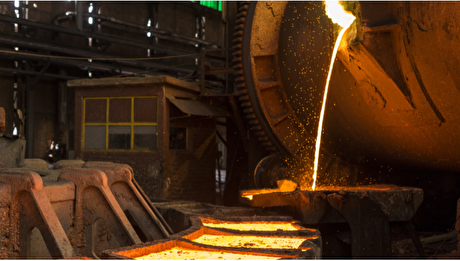
Adani’s new copper smelter in India applies to become LME-listed brand
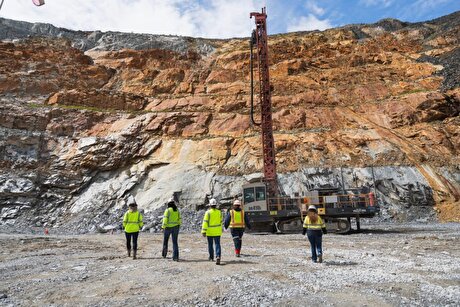
OceanaGold hits new high on strong Q2 results
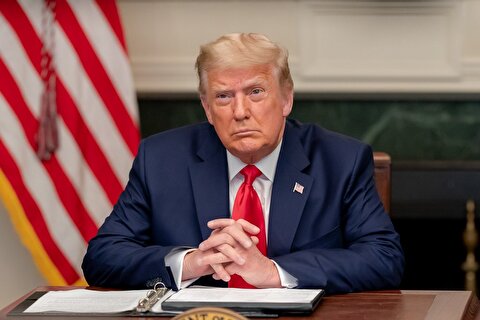
Trump says gold imports won’t be tariffed in reprieve for market

De Beers strikes first kimberlite field in 30 years
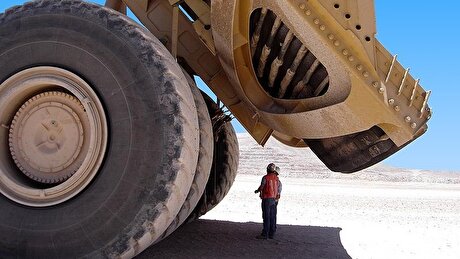
Cochilco maintains copper price forecast for 2025 and 2026
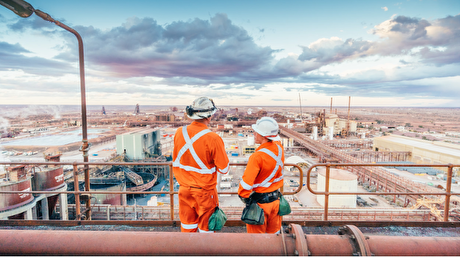
BHP shares near priciest valuation since 2021 on shift to miners

African Rainbow boosts Surge Copper stake to 19.9%
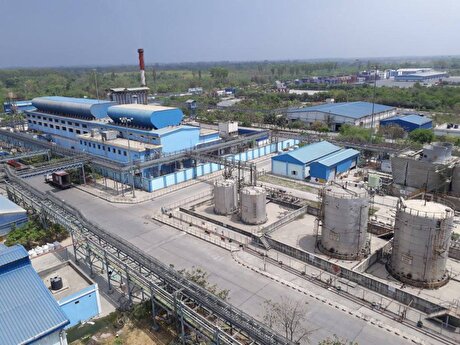
Hindustan Zinc to invest $438 million to build reprocessing plant
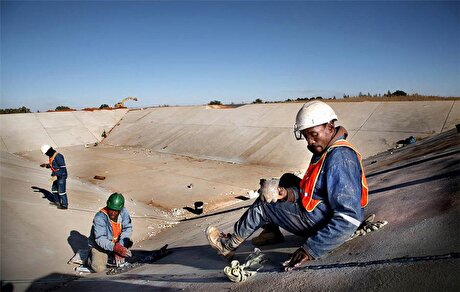
South Africa mining lobby gives draft law feedback with concerns

Wooden church sets off on slow Swedish road trip to escape mining subsidence
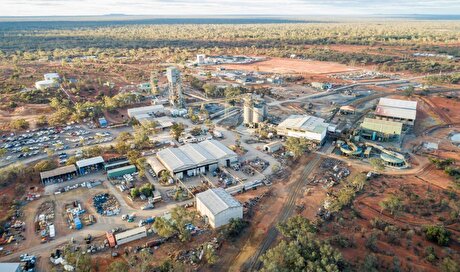
Harmony Gold’s MAC Copper takeover gets regulatory nod
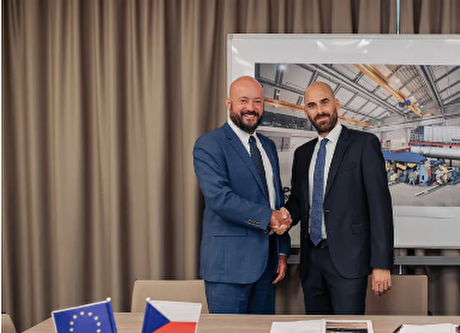
Povrly Copper Industries orders a breakdown rolling mill for high-quality copper, brass, and bronze strip production
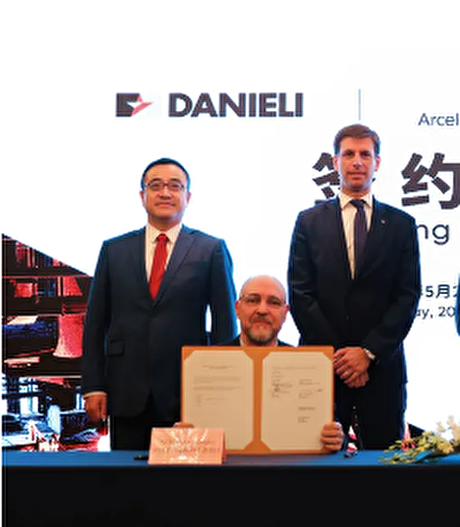
Advanced cold-rolled strip for China’s New Energy Vehicle market
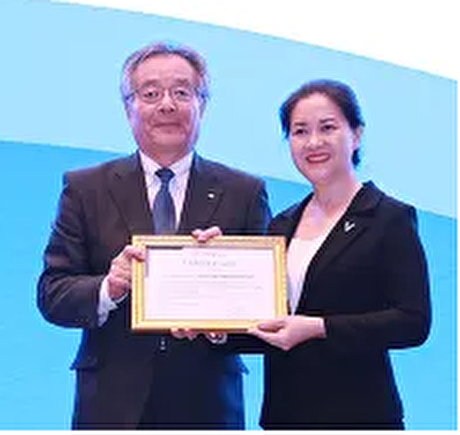
A Danieli greenfield project for competitive, quality rebar production

Antofagasta posts biggest profit margins since 2021

BHP shares near priciest valuation since 2021 on shift to miners

African Rainbow boosts Surge Copper stake to 19.9%

Hindustan Zinc to invest $438 million to build reprocessing plant

South Africa mining lobby gives draft law feedback with concerns

Wooden church sets off on slow Swedish road trip to escape mining subsidence

Harmony Gold’s MAC Copper takeover gets regulatory nod

Povrly Copper Industries orders a breakdown rolling mill for high-quality copper, brass, and bronze strip production

Advanced cold-rolled strip for China’s New Energy Vehicle market

A Danieli greenfield project for competitive, quality rebar production














